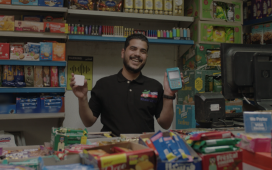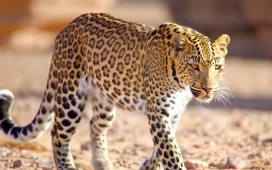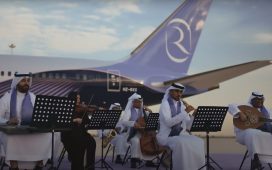
At a time when authenticity equals influence and influence equals dirham value, MENA’s social-first creators aren’t just promoting brands – they’re building them. The influencer economy has evolved beyond sponsorships, beyond paid partnerships. Today, the most effective influencers aren’t external endorsers; they’re embedded within the very fabric of a brand’s identity.
From brand deals to brand icons: The rise of regional influencers
The region has seen a cultural shift. Influencers are no longer just content amplifiers; they are brand architects. They’re launching their own fashion lines, co-designing products, and even stepping into executive roles. Such as Sultan Al Darmaki, Moayad Al Nefaie, Jyotsna Sunil and more. From Saudi Arabia to the UAE, regional influencers are moving beyond fleeting brand deals to become the faces of homegrown and global brands –bridging the gap between consumer aspiration and cultural representation.
This shift is already impacting consumer behaviour. According to Scarlet Media, 73 per cent of MENA consumers have made a purchase after seeing an influencer mention a product. The trust and relatability that regional creators bring are proving more effective than traditional advertising.
Why local matters: The shift from aspirational to relatable
The MENA consumer landscape is changing. While international celebrities once dominated brand campaigns, today’s audiences crave cultural resonance. The Middle Eastern consumer isn’t just looking for larger-than-life figures; they’re choosing relatable, hyper-local voices – influencers who reflect their daily experiences, cultural nuances and personal aspirations.
Take Karak Nights, Al Quoz Arts Fest, and Fred’s Coffee – cultural movements powered not by mega-celebs, but by grassroots creators who built communities from the ground up. These aren’t just events; they’re ecosystems of influence, proving that authenticity will always outweigh reach when it comes to impact.
And yet, the potential of localised influence remains largely untapped. According to Influencer Marketing Hub, MENA has over 13.2 million nano influencers, yet brands have barely scratched the surface in leveraging them effectively. The future of influence lies in hyper-local voices, not just macro-scale reach.
The business of influence: reshaping consumer minds and communities
Influence is no longer about just visibility; it’s about ownership. Today’s next-gen brands are turning their most engaged creators into business partners, collaborators, and co-creators.
- Retail: That Concept Store is driving authentic content through nuanced narratives, leveraging local stylists, designers, and creatives to build an organic, engaged community.
- Hospitality: Restaurants and hotels are transforming chefs, baristas, and mixologists into digital storytellers—shaping brand perception through lived experiences rather than traditional advertising.
- Finance: Digital-first banking and fintech brands are embracing influencers who educate, not just endorse, reshaping the financial literacy conversation across MENA.
The battle for influence: Is brand power shifting permanently?
Influencers offer authenticity, direct engagement, and real-time cultural impact—but will this power shift permanently away from brands and toward digital-first creators? Or will brands find new ways to embed themselves within these networks of influence?
The new influencer economy isn’t just about selling—it’s about cultural capital. The brands that thrive in 2025 will be the ones that embrace the next generation of influence—one that’s AI-driven, UGC-powered, and built for community engagement.
What’s next: AI, UGC and the future of influence in 2025
The next era of influence will be shaped by:
- AI-powered content: How brands use AI-driven tools to empower their in-house creators while maintaining authenticity.
- User-generated content (UGC): The shift from polished influencer ads to raw, community-created storytelling.
- Long-term creator partnerships: Moving from transactional sponsorships to embedded influencer-brand relationships that feel more like collaborations than campaigns.
MENA Brands: It’s time to architect influence
Culture doesn’t happen by accident — it’s designed. The brands that will shape the next era aren’t the ones with the biggest budgets, but the ones with the clearest vision.
Don’t just rent influence. Build it. Tell stories with people who already embody your brand. Make influence not a marketing strategy, but a cultural movement. This is the new blueprint.
By Ibrahim Hassan, Regional Head of McCann Content Studios, FP7McCann.











